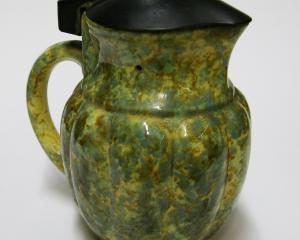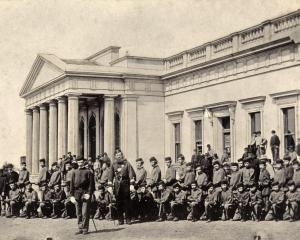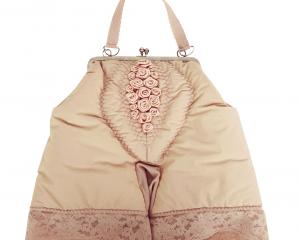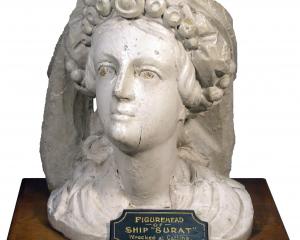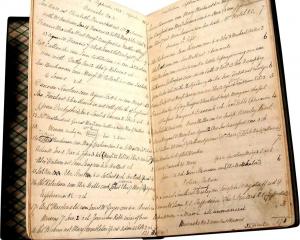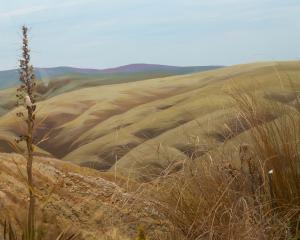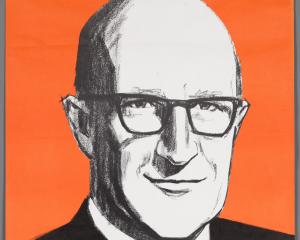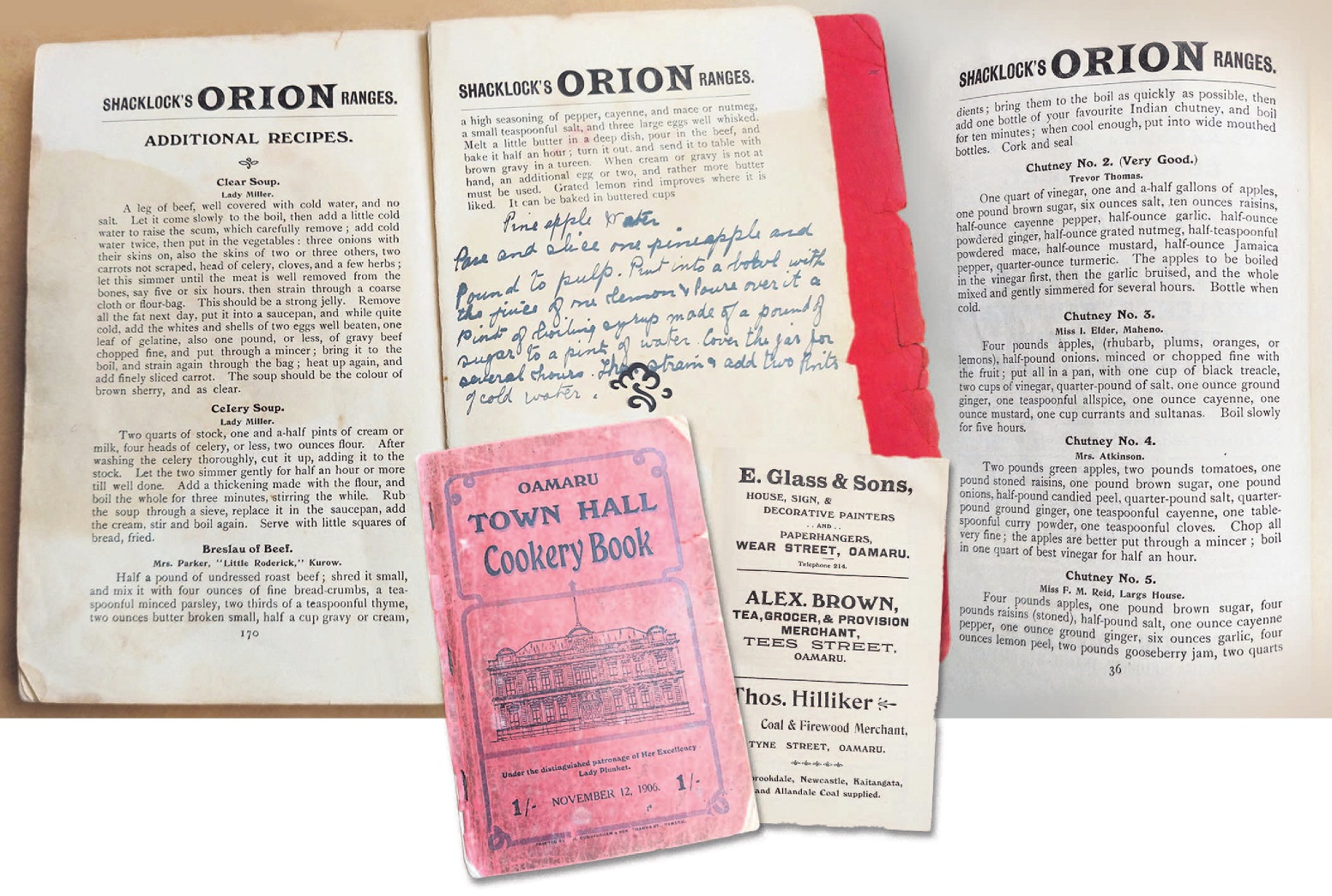

It is a question we have all asked at one time or another, a question freighted with the hope of something tasty to eat being produced for the dinner table. For those fielding the inquiry, the question becomes "where to look for inspiration?".
In 1906 that inspiration could have started with the Oamaru Town Hall Cookery Book, a volume consisting of good and tried recipes from ladies throughout the colony. Printed by J.H. Cunningham & Son, Thames St, Oamaru this little book contains recipes for all manner of meals.
It starts with Mrs Stout’s Artichoke Soup and ends with a handwritten recipe for pineapple water.
Those contributing recipes were asked to forward them by August 9, 1906 and the book was on sale on November 12. The proceeds from the book went to the building of the new town hall, now known as the Oamaru Opera House.
But back to the recipes and what to cook. If it is dinner for the family, perhaps meat fritters? A simple recipe and a great way to use up leftovers.
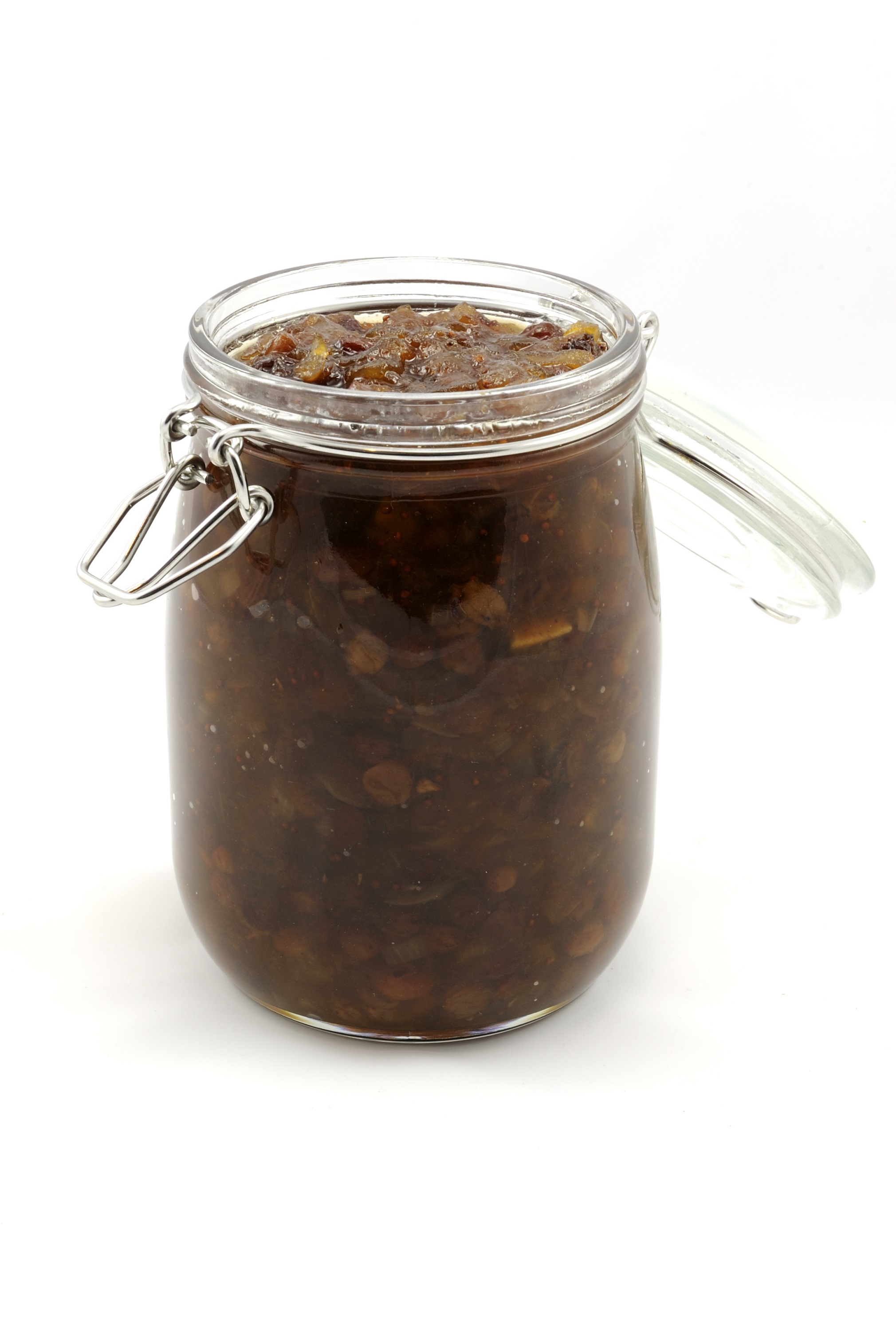
In the "Puddings, Pies, Custard and Fritters" section there are many steamed puddings, but the pudding that caught my eye was lemon sago. This is a pudding that we had when I was a child, served with preserved fruit — not always the most popular choice of pudding, jokingly called frogs eggs.
The recipes are interesting to read, some familiar while others have been lost as food fashions have changed. The recipes imply that the cook has knowledge of baking, given instructions such as: "bake in hot oven", or "cook in slow oven", "warm over the fire and stir until smooth". Some of the recipes have no cooking instructions to speak of, for example, "mix up in the usual way", and "bake in a moderate oven".
After reading my way through the book I found a recipe for coffee, contributed by Mrs Reid, at Elderslie. Two cups of coffee, four cups of water. Soak coffee in water for 24 hours, then strain through a flannel and put in bottles. Heat when required; put a small quantity in the cups, filling up with boiling milk. One can imagine Mrs Reid entertaining the racing crowd and serving coffee and cake to the ladies.
The final page of the book shows the hand-written recipe for pineapple water. Seeing this scribbled instruction reminds me of other recipe books and still more inspiring ideas for dishes that may or may not be tried.
So, "what’s for tea?". In our house, the answer was always "wait and see!".
Elly Dunckley is curator of archives at the Waitaki Museum and Archive, Te Whare taoka o Waitaki.

